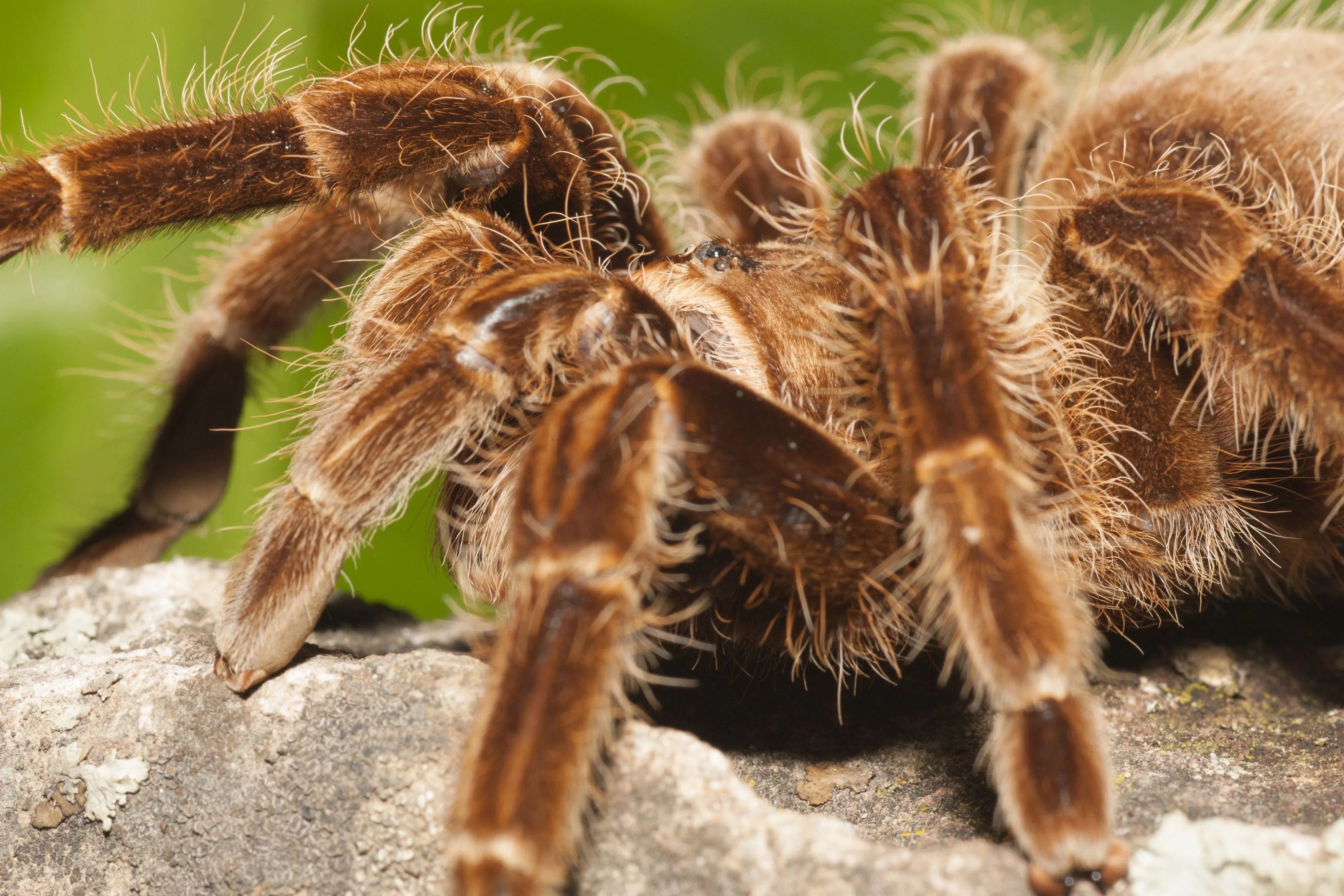Live Tarantula Pet 5 Care Tips for Beginners
Bringing a live tarantula pet into your home can be an exciting and rewarding experience. These fascinating creatures, with their intricate behaviors and unique appearance, offer a captivating glimpse into the world of arachnids. However, responsible pet ownership requires understanding the specific needs of these animals. This guide provides five essential care tips for beginners, ensuring a healthy and happy life for your new eight-legged companion. From choosing the right species to maintaining their habitat, we’ll cover the key aspects of tarantula care. By following these guidelines, you can embark on a fulfilling journey into the world of tarantula keeping, providing your pet with the best possible environment and care.
Choosing the Right Tarantula
Not all tarantula species are created equal, especially when considering them as pets. Some are better suited for beginners than others, due to their temperament, size, and care requirements. Researching different species is the first step to successful tarantula ownership. This involves learning about their natural habitats, diets, and typical behaviors. Understanding these factors allows you to create an environment that closely mimics their natural environment, reducing stress and promoting overall health. Consider the long-term commitment, as some tarantulas can live for decades. Taking the time to thoroughly research the species before acquisition will greatly impact your experience.
Researching Different Tarantula Species
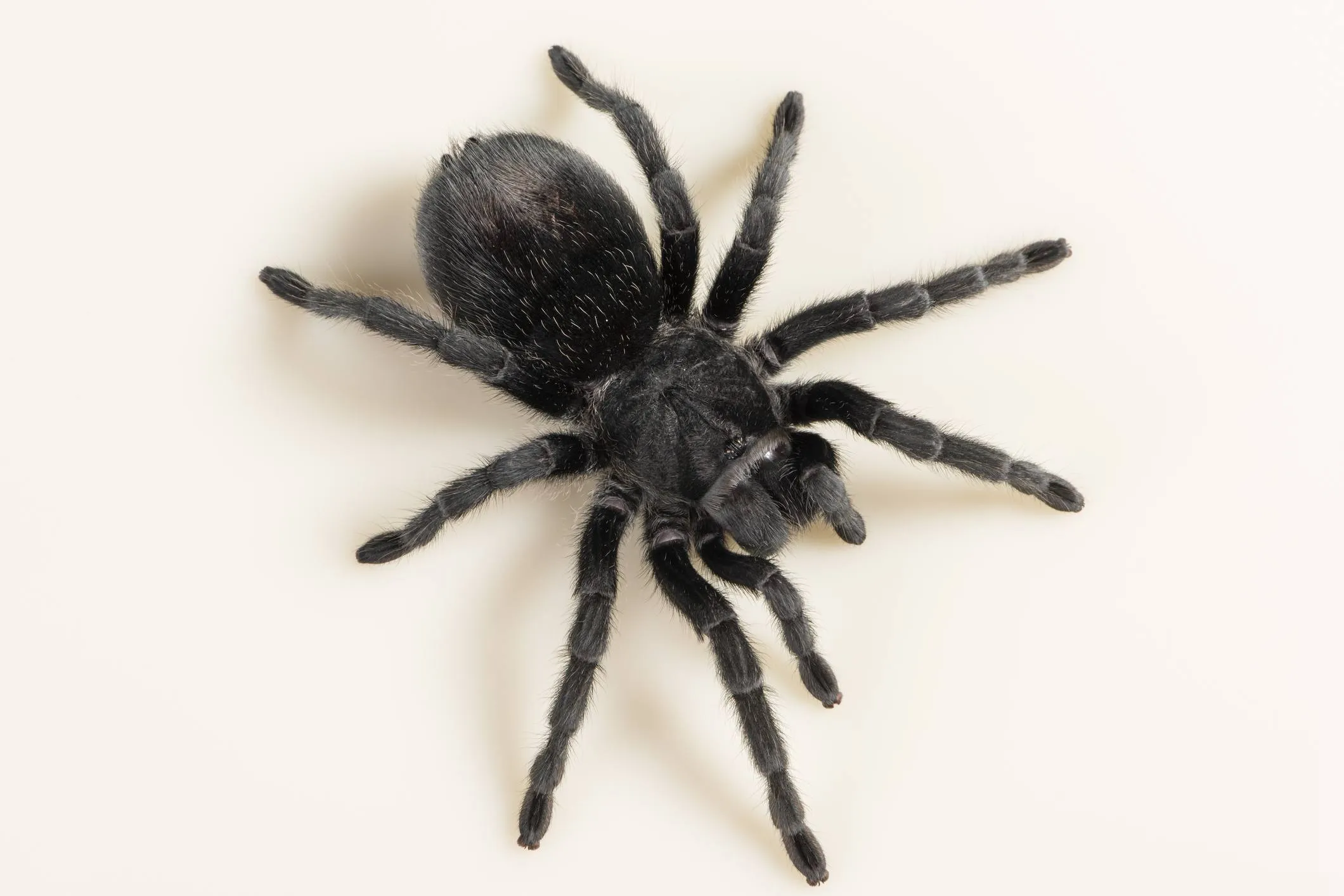
Dive into the world of tarantulas! Research the diverse species available. Look into the temperament of each species. Some, like the Chilean Rose Hair, are known for their docile nature, while others may be more defensive. Research the sizes, adult size will influence enclosure needs. Consider their natural habitats to replicate their environment. Look into their diet. Understanding these aspects is crucial for making an informed decision. Resources such as online guides, books, and experienced keepers provide valuable information. Prioritize species that are less likely to bite or have potent venom.
Considering Your Experience Level
Your experience level plays a critical role in determining which tarantula species is right for you. Beginners should start with species known for their docile temperaments and relatively easy care requirements. Species like the Chilean Rose Hair or the Mexican Red Knee are often recommended. Their tolerance to handling and less aggressive behavior make them ideal for those new to tarantula keeping. More experienced keepers can explore more challenging species with specific needs, such as arboreal tarantulas. Take your time, and don’t be afraid to start with a simpler species and work your way up as your knowledge and confidence grow. Remember, a well-informed decision ensures a positive experience for both you and your pet.
Setting Up the Perfect Habitat
Creating the perfect habitat is essential for the health and well-being of your tarantula. The enclosure must provide a safe and comfortable environment that meets their specific needs. This involves considering the size of the enclosure, the type of substrate, and the addition of decor to mimic their natural habitat. The right setup reduces stress, encourages natural behaviors, and promotes overall health. Careful planning in the setup of the enclosure will lead to a happy and thriving tarantula. Neglecting these aspects can lead to various health issues and behavioral problems. Prioritizing the needs of your tarantula will lead to a long and enjoyable experience.
The Right Size Enclosure
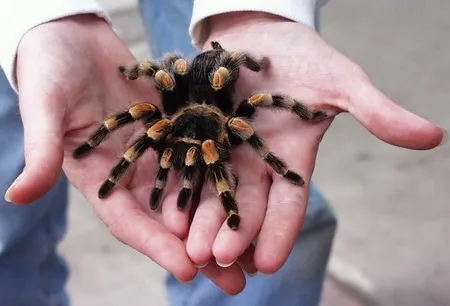
The size of the enclosure is a crucial factor in tarantula care. It should be large enough for the tarantula to move freely and exhibit its natural behaviors but not so large that the tarantula feels exposed and stressed. The general rule is to provide an enclosure that is at least twice the tarantula’s leg span in length and width, and the height should allow for molting. Consider the species; terrestrial tarantulas require more floor space, while arboreal species require more height for climbing. Always provide adequate ventilation to prevent the buildup of humidity, which can lead to mold and health problems. Proper enclosure size not only ensures the tarantula’s well-being but also adds to the overall aesthetic of the setup.
Substrate and Decor
The substrate and decor play an important role in creating a functional and aesthetically pleasing habitat for your tarantula. The substrate provides a comfortable base for the tarantula, allows for burrowing, and helps to maintain humidity levels. The type of substrate depends on the species; a mixture of peat moss, vermiculite, and coconut fiber works well for most terrestrial species. Arboreal species may benefit from a substrate that encourages climbing. Decor provides hiding places, such as cork bark or artificial plants. These elements mimic the tarantula’s natural environment, which reduces stress and encourages natural behaviors. Clean the enclosure regularly to maintain hygiene and prevent the buildup of harmful bacteria. This helps keep the tarantula happy and healthy.
Temperature and Humidity
Temperature and humidity are vital for a tarantula’s health. Tarantulas thrive within specific temperature and humidity ranges, which vary depending on the species. Use a thermometer and hygrometer to monitor these conditions regularly. Maintain the appropriate temperature using a heat mat or lamp, being careful not to overheat the enclosure. Humidity can be controlled by misting the enclosure with water. Poor temperature and humidity can lead to health problems, such as dehydration and difficulty molting. Providing the optimal conditions helps your tarantula thrive. Regular monitoring ensures that you can make the necessary adjustments to keep your tarantula happy and healthy.
Feeding Your Tarantula
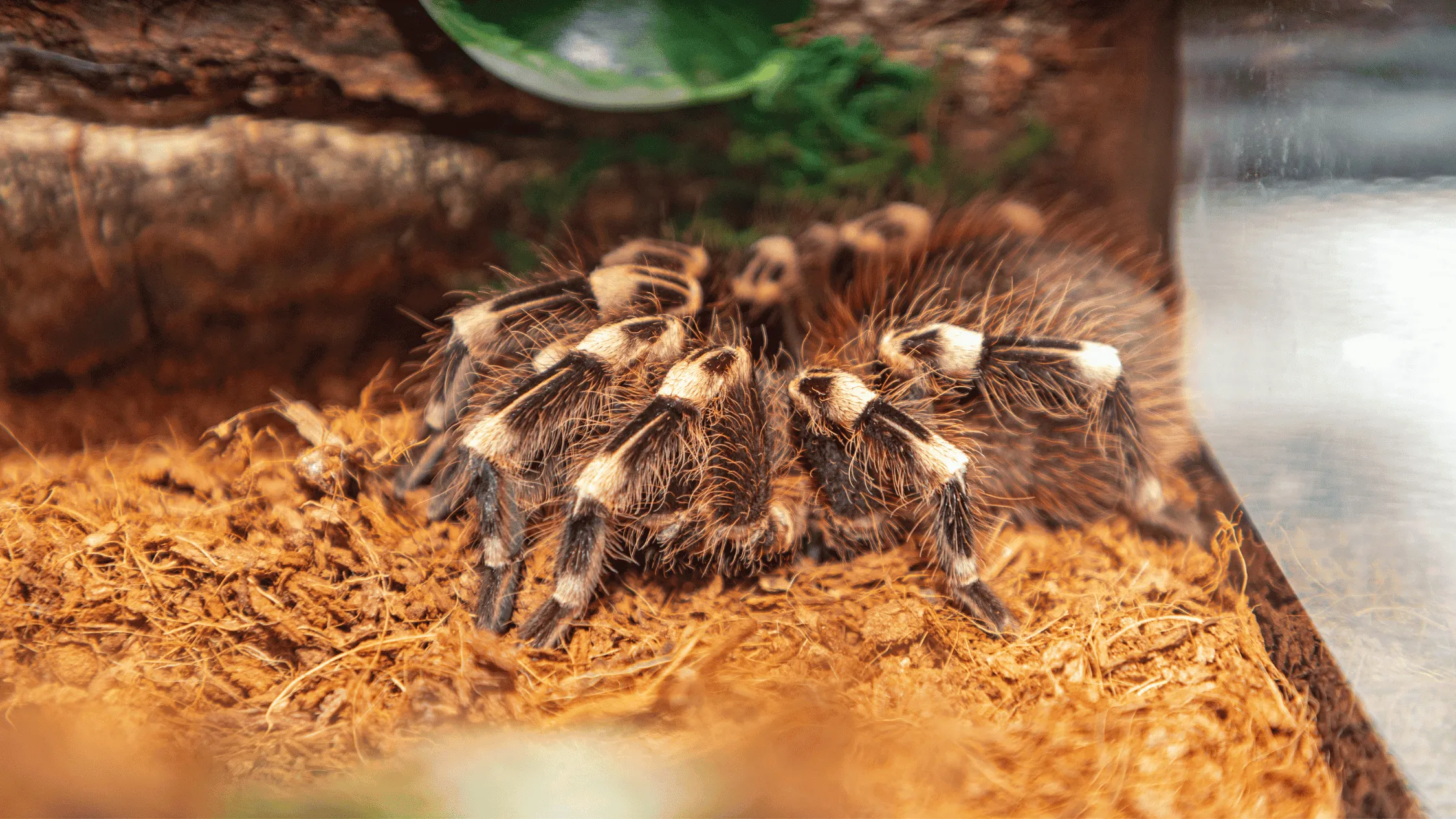
Feeding your tarantula is an integral part of their care. Proper feeding ensures they receive the nutrients they need. This includes knowing the right prey, feeding frequency, and monitoring your tarantula’s appetite. The diet of tarantulas primarily consists of insects. Understanding these aspects is essential to avoid overfeeding or underfeeding, which can negatively impact their health. A balanced diet is crucial for tarantulas. Careful attention to your tarantula’s eating habits will tell you a lot about their overall health and well-being. Always remove uneaten prey to prevent them from stressing the tarantula.
Appropriate Prey
The appropriate prey for your tarantula typically includes insects. Crickets, mealworms, and dubia roaches are popular choices. The size of the prey should be appropriate for the size of your tarantula. A general rule is to provide prey that is no larger than the tarantula’s body size. Ensure the insects are gut-loaded before feeding them to your tarantula. This means feeding the insects nutritious food, enriching them with essential vitamins and minerals, which will pass on to your tarantula. Avoid feeding wild-caught insects, as they may carry parasites or pesticides. Variety in the diet can also be beneficial. It’s important to feed insects that are safe and healthy for your tarantula.
Feeding Frequency
The feeding frequency of your tarantula depends on its age and species. Juvenile tarantulas need more frequent feedings, typically every few days. Adult tarantulas can be fed less often, such as once a week or even every other week. Monitor your tarantula’s abdomen; a plump abdomen indicates a well-fed tarantula. Adjust the feeding frequency based on your tarantula’s appetite and molting schedule. Tarantulas often stop eating before they molt. Remove uneaten prey within 24 hours to prevent stress. Consistent feeding habits are important to keep your tarantula healthy and happy. By carefully adjusting the feeding schedule to meet their needs, you contribute to their well-being.
Watering and Hydration
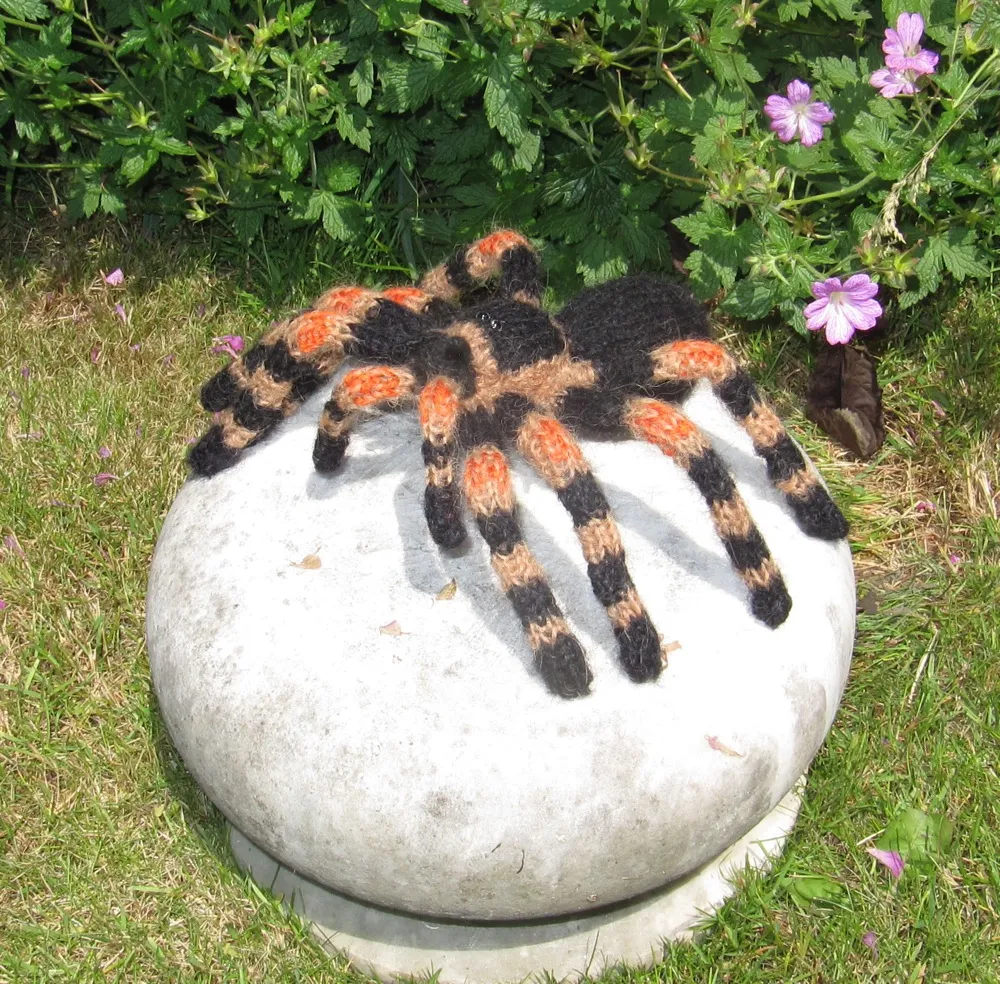
Providing fresh water is essential for your tarantula’s health and well-being. Tarantulas need a constant water source to stay hydrated and function properly. This involves offering fresh water in an accessible dish and maintaining adequate humidity in the enclosure. Without proper hydration, tarantulas can become dehydrated, leading to health issues. Proper hydration, along with environmental humidity, is vital for the overall health of your tarantula. Providing a clean and accessible water source ensures your pet stays hydrated, which will improve their quality of life.
Providing Fresh Water
Always provide a shallow dish of fresh water in the enclosure. The dish should be shallow enough to prevent the tarantula from drowning. Change the water regularly to keep it clean and prevent bacterial growth. Use a water dish that is easy to clean and won’t tip over. For smaller tarantulas, you can use a bottle cap or a small, shallow container. Ensure the water is always available. A constant supply of fresh water is a must for maintaining your tarantula’s health. Clean water dishes and regular water changes are important for the overall health of your pet.
Misting the Enclosure
In addition to providing a water dish, misting the enclosure helps maintain the appropriate humidity levels. Mist the enclosure lightly with a spray bottle, ensuring the substrate remains damp but not waterlogged. The frequency of misting depends on the humidity requirements of your tarantula species. Monitor the humidity levels with a hygrometer. Avoid spraying the tarantula directly, as this can stress them. Misting is essential for creating the right environment for your tarantula, especially during the molting process. Consistent misting, combined with a water dish, provides proper hydration. This contributes to your tarantula’s overall well-being.
Handling Your Tarantula
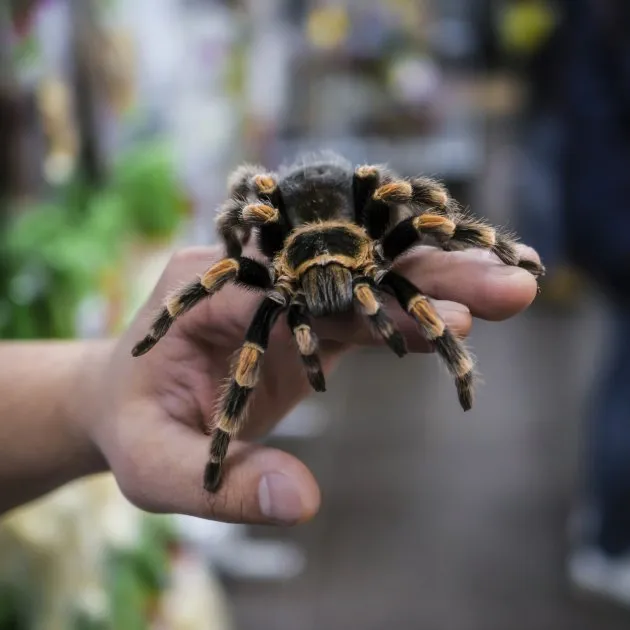
Handling a tarantula should be approached with caution. While some species are docile and can be handled, it is essential to prioritize the tarantula’s safety and well-being. Understanding when and how to handle a tarantula is critical to avoid stress and injury. Some tarantulas are more prone to defensive behaviors. Handling should never be forced. The safest approach is to allow the tarantula to move onto your hand willingly. This approach minimizes the risk of bites and stress. Prioritizing the needs of your pet while handling contributes to the experience.
When to Handle
Whether or not to handle your tarantula depends on the species and its temperament. It’s best to avoid handling tarantulas if you are a beginner. Avoid handling your tarantula during the molting process, as they are more vulnerable. Don’t handle a tarantula after it has eaten. Always assess the tarantula’s mood before attempting to handle it; if it displays defensive behaviors, such as raising its front legs or flicking hairs, it is best to leave it alone. Ensure you have a safe environment, in case the tarantula falls. The most important thing is to be sure you are not causing unnecessary stress to your pet. Keep your tarantula safe from harm, and handle them with care.
Safe Handling Techniques
If you choose to handle your tarantula, do so with utmost care and respect. Gently place your hand in front of the tarantula and allow it to crawl onto your palm. Never try to grab or force the tarantula. Keep your movements slow and deliberate. Handle the tarantula close to the ground or over a soft surface to prevent injury if it falls. Wash your hands thoroughly before and after handling. Avoid handling if you have any cuts or open wounds. Remember that tarantulas can be unpredictable. Always prioritize their safety and well-being.
Health and Maintenance
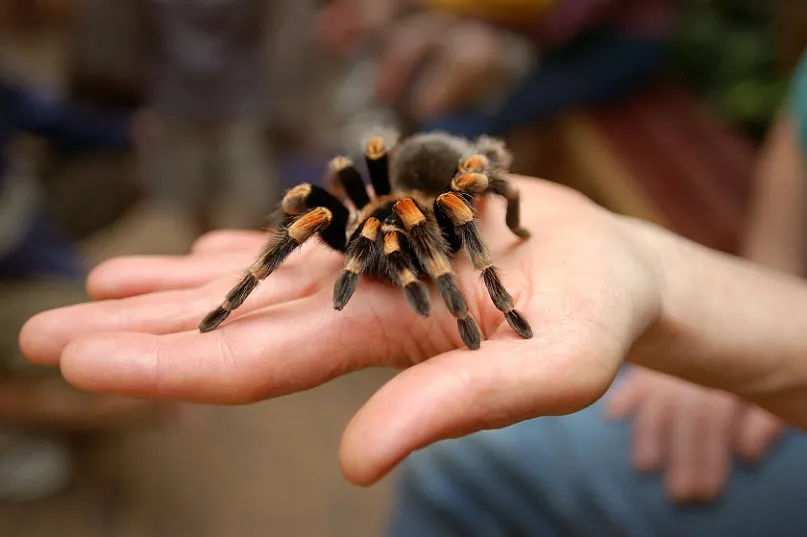
Maintaining your tarantula’s health involves regular enclosure cleaning. This will help prevent diseases and ensure a good quality of life for your pet. Regularly inspecting your tarantula for signs of illness or distress is very important. Prompt intervention is key to resolving any health issues. Knowing the basics of tarantula care can go a long way. Cleanliness and observation are the cornerstones of keeping your tarantula healthy and happy. Regular check-ups will help you to learn about your pet and to recognize any potential health problems.
Cleaning the Enclosure
Regularly clean the enclosure to maintain a healthy environment. Spot-clean the enclosure regularly by removing any uneaten food, feces, and molted exoskeletons. Replace the substrate periodically. The frequency depends on the species, size of the enclosure, and type of substrate. When cleaning, use a safe disinfectant. Be sure to remove the tarantula to a safe place while cleaning. Regular cleaning will help to control bacteria and prevent illness. Maintaining a clean environment keeps your tarantula healthy. Regular maintenance keeps your tarantula safe from any potential harm and contributes to its well-being.
Recognizing Signs of Illness
Recognizing signs of illness is crucial for ensuring your tarantula’s health. Some signs include loss of appetite, lethargy, changes in behavior, and physical abnormalities. If you notice any of these signs, consult a veterinarian who specializes in exotic animals. Early detection and treatment can make a big difference. Knowledge and observation are your best tools for keeping your pet healthy and happy. Quick recognition is essential. Take your time and get to know your pet. Learning about tarantula health is essential.
